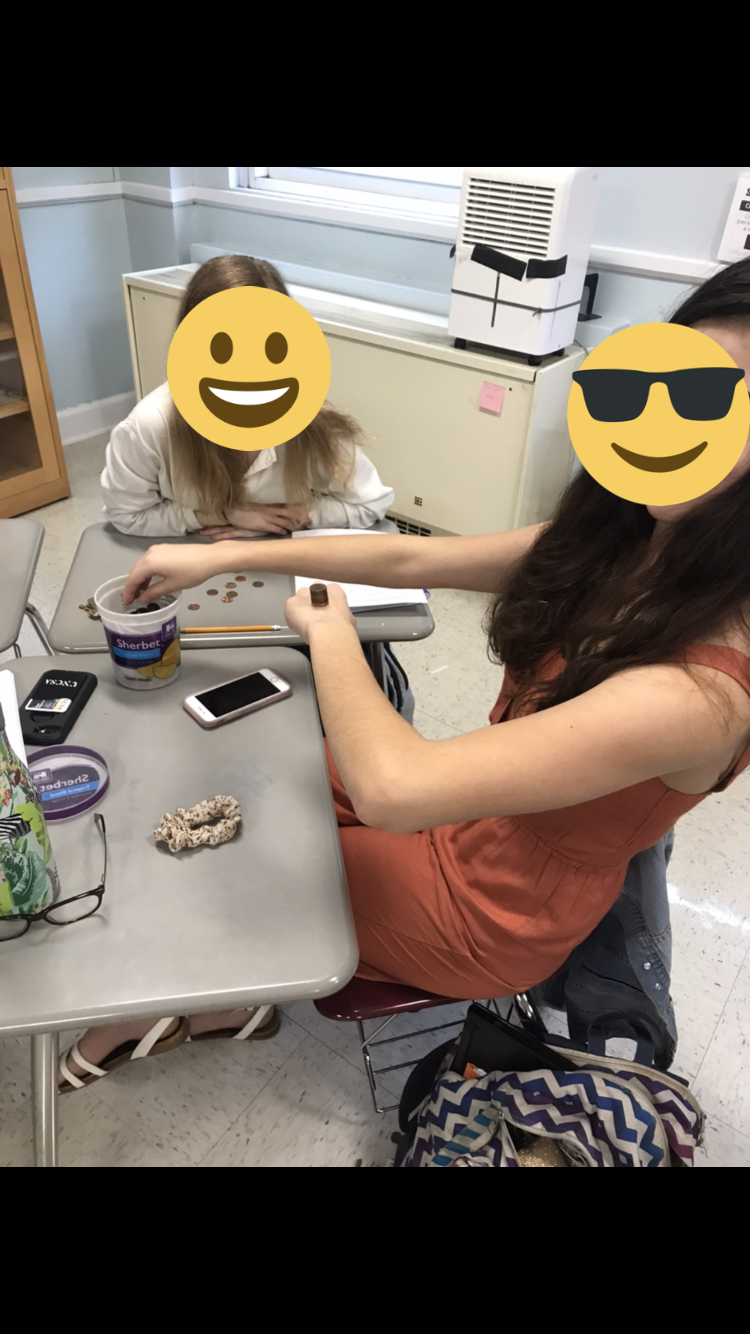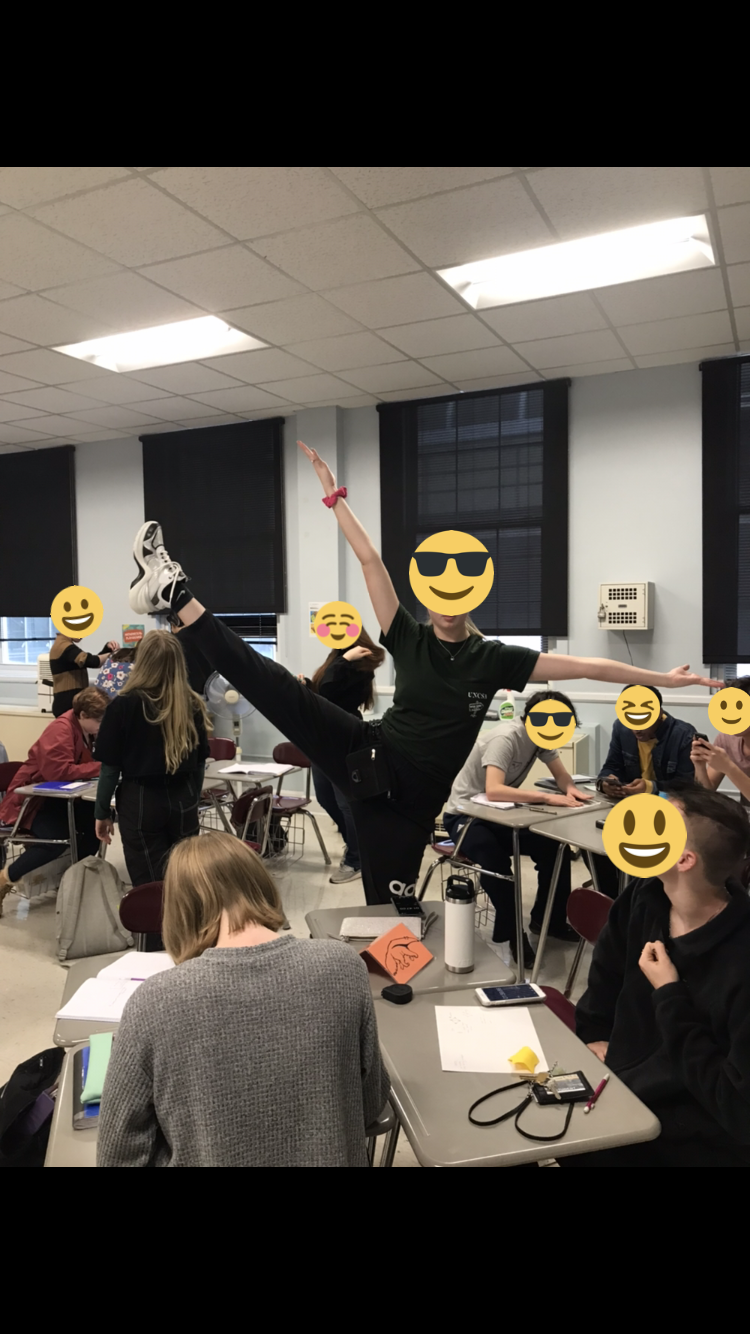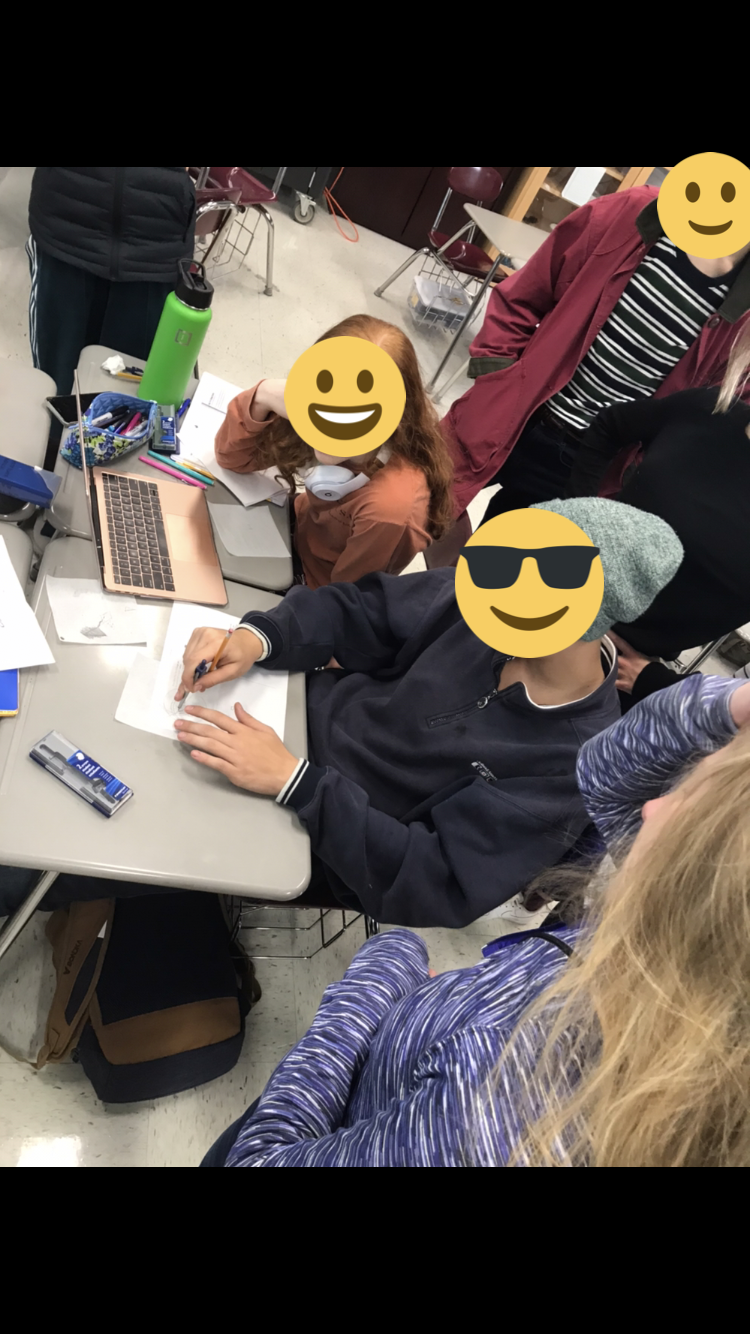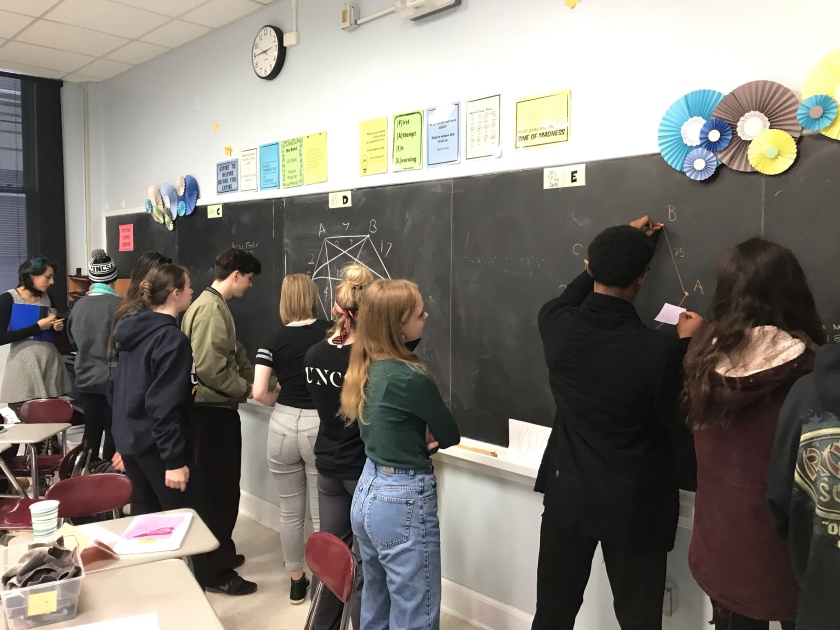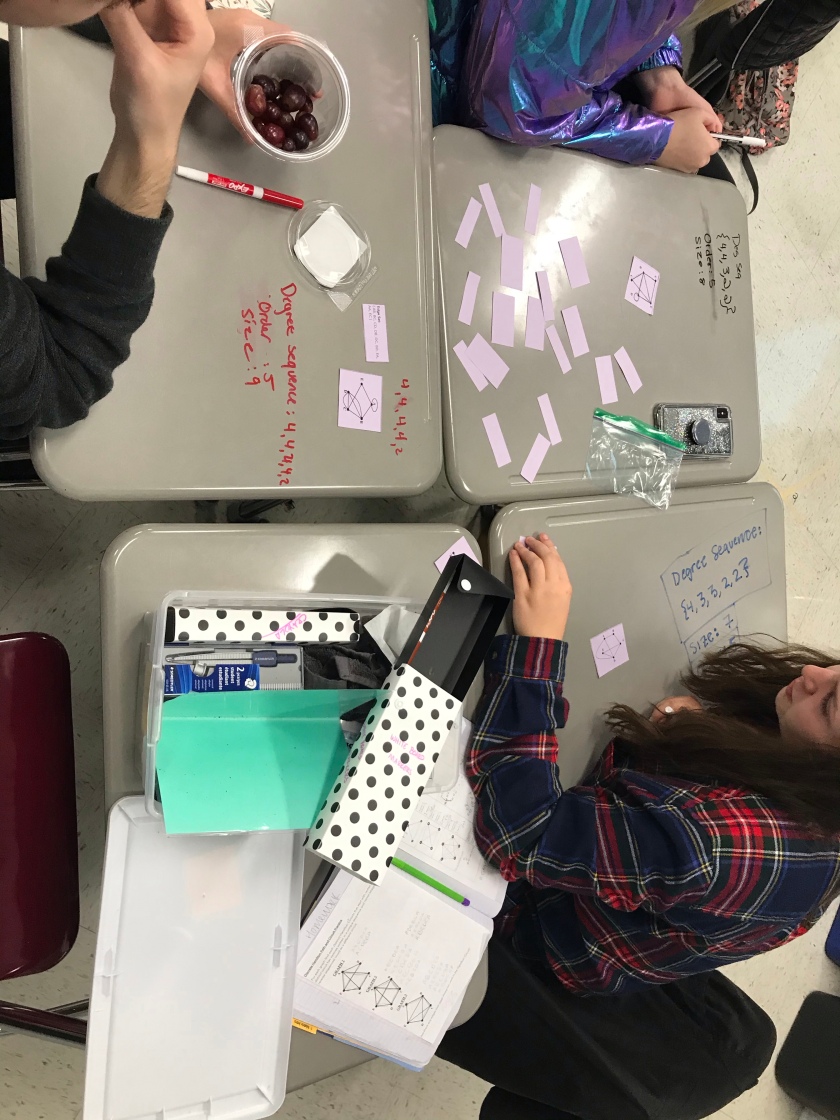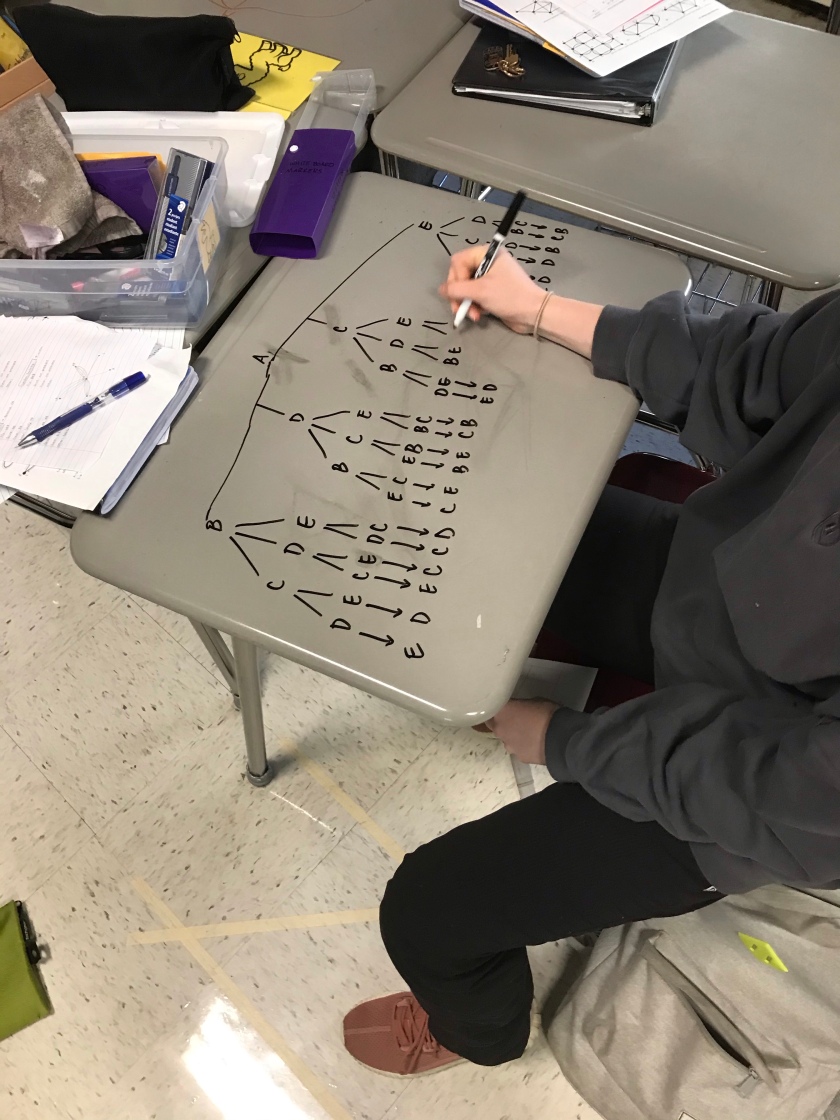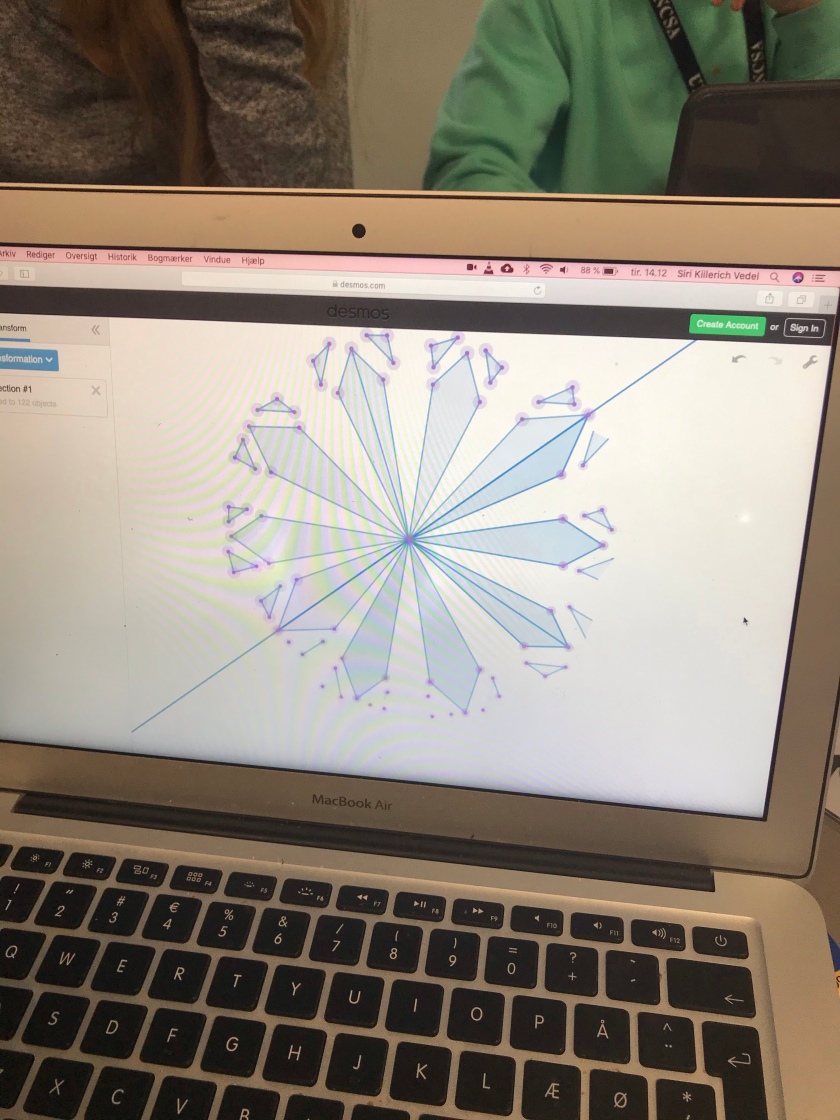I had this idea for the stats unit for Discrete math. Some formative assessment lead me to believe that the majority of my students had a pretty solid background with 1-variable stats, and therefore spending time rehashing those 1-variable stats wouldn’t be engaging for my students.
So I thought about what was the skill I most wanted for my students in regards to stats, and frankly its not effectively using the S.O.C.S. algorithm for describing a histogram (but I have the privilege of not having a state mandated curriculum and final assessments). I wanted students to be able to read an article about a study or experiment and decide if they trust that study, or if they should believe what they are reading.
I also wanted to help students find a way to take notes that doesn’t involve me making guided notes for them. Letting them take baby steps into their next part of their education (in college or the real world). So I had them watch a video on Sketch Noting Cornell Notes that has really helped me synthesize my readings I do. Based on the students I’ve talked with, this note structure is the perfect combo of just structured enough to be helpful, but open ended enough to be fun.
Enter the book How to Lie With Statistics, a rather outdated text that I was told to read in grad school to help me wrap my head around stats. I remember it was the first time that the premises of bias in math was introduced to my world and it knocked me off my axis. It had never entered my thought process that my pure subject, math, could contain bias. I also remember wanting to strangle the author for his problematic language among other sins. I wanted my students to have this exact moment. The lightbulb of how stats can be used to lie or hid some truth, and to see someone’s bias spelled out clearly. An intro for looking for bias in writing as it were.
Based on today’s Desmos Debrief I think the students got exactly what I was hoping for. They did a great job finding the good statistical themes while tearing apart the writing and the arguments. Students were LIVID at the author’s views on artists (he lumped artists into a statement about homeless drunkards), frustrated with his view on mental health, and ashamed that a text that was so widely used a few decades ago perpetuated negative sentiments towards minorities and non-wealthy people.
Up Next:
- Reading the first section of Weapons of Math Destruction
- The goal is to pair this reading with How to Lie with Statistics as they both tackle some of the same questions about how to eliminate bias in research, but in two vastly different approaches.
- Eugenia Cheng’s videos and Washington Post columns
- TEDx London talk on using Abstract Math to help explain privilege
- Everyday Math: The Problem with Percentages
- Everyday Math: Averages Aren’t Always What They Seem
Let me know if there’s anything else you think the kiddos would get a kick out of.
Some highlights of the last question in our debrief where we noted the historical context of who was able to study statistics and become a statistician in the 1950s (Cis-White-Males):
“What harm is caused by having a dominate sub-section of a population be the only voice in a field of study? Why?”
It causes biases in how data is collection and how it is viewed, also in the trust in people’s responses/the alteration of data to show things to aid a subsection and not the general public.
This is a major problem because the data will not be dispersed evenly; this excludes large groups of people who do not fall under this particular category. The data will be unfair and biased.


